Like it or not, social media is all but guaranteed to play a role in your next crisis.
Sure, you could bury your head in the sand and pretend it doesn’t exist, but not having a Twitter or Facebook account won’t prevent your stakeholders from venting about, or attempting to reach you via those services. At best you’re missing out on the most popular communications platforms, hosting the largest communities, currently in existence, and at worst you’re creating further ill-will by not having a presence because people can’t get in touch, a troll is hard at work trashing your name, or any number of other potential ugly situations.
To make things easier, here’s a list of social media crisis management “musts” to get you started on the right track:
You must monitor. It’s not enough to put info out there, you need to monitor social media to catch wind of incoming crises, gauge the tone of conversations about your brand, calculate the impact of your own communications, and provide good old fashioned customer service.
You must respond. A huge chunk of low to mid-level crises would never be a problem at all if organizations actually took the time to respond to irked stakeholders. Jay Baer recently reported that 42% of consumers who use social media expect a response within 60 minutes, with 32% expecting that in 30 or less, and a full 57% expecting that same response time in the middle of the night, on a weekend, whenever. Bottom line, you need someone ready to respond to important social media messages as close to 24/7 as possible.
…most of the time. Wait, but you just said “you must respond” crisis guy! What’s gives? Well, a good portion of ‘net users get an awful lot of satisfaction out of trolling, or blatantly insulting, various organizations, often when they’re already taking a beating in the court of public opinion. It can take experience to separate the extremely upset from the trolls, but if you can split the two groups you can avoid giving those looking to get a rise any reason to continue their behavior.
You must behave. We get it, you love your brand and are passionate about defending it. Thing is, crisis management is not an effort of passion, but rather one of calculation and careful planning. You can not afford to let your emotions rule your responses, and you absolutely, at all costs, MUST NOT stoop to name calling or other irrational, immature means. Nothing on the net goes away forever, and you can bet that any slip-ups will be screenshotted and cataloged by a host of people for use across social media, in blogs, or simply as future ammunition against your organization. We know it’s stressful to take the abuse that comes pouring in during a crisis, and there’s no shame in admitting you’re overwhelmed. If you’re getting too worked up, let a colleague step in for a while to share the load.
You must train. Have you ever handled hundreds of tweets at once, or attempted to control a Facebook page that’s so flooded with comments you can hardly figure out where to start? If not, then how do you expect to do it well in the middle of a stressful crisis situation? Whether you’re using in-house people with other responsibilities, or have created a full social media team, put them through their paces with simulations and tabletop exercises before you ever get to the real thing.
As you can see, handling social media crisis management well requires a heavy dose of people skills, a special mindset, and as much experience as possible. Take these musts to heart, and wade on into social media knowing you’re well-prepared for what may come.
——————————-
For more resources, see the Free Management Library topic: Crisis Management
——————————-
[Jonathan Bernstein is president of Bernstein Crisis Management, Inc., an international crisis management consultancy, author of Manager’s Guide to Crisis Management and Keeping the Wolves at Bay – Media Training. Erik Bernstein is Social Media Manager for the firm, and also editor of its newsletter, Crisis Manager]










